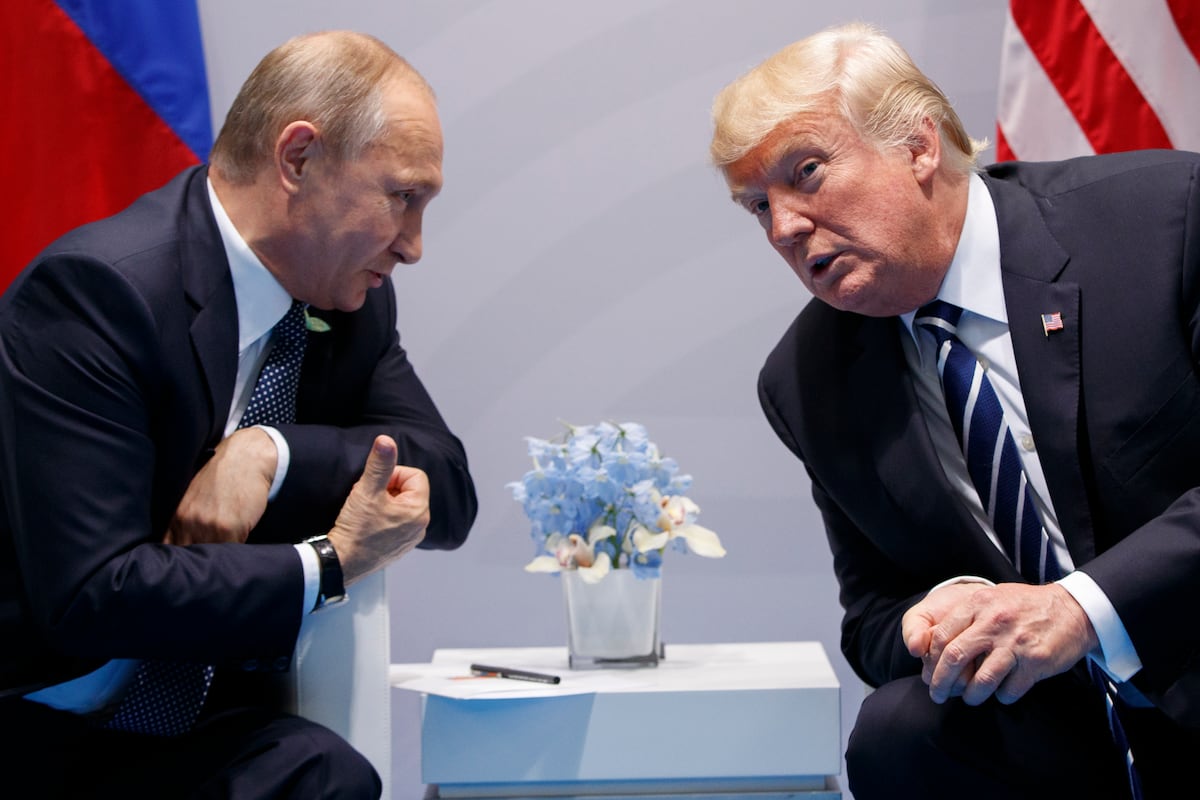HONOLULU – The Defense Department has struggled to get U.S.-made diapers to commissaries in Korea in the past, the former head of the Defense Commissary Agency said Tuesday, so logistics in the Indo-Pacific has a long way to go to be ready for war with China.
Preparing for conflict requires not just manpower and sophisticated weapons, but the logistical might to get everything where it needs to go while enemies are trying to jam up the system.
“Now we may be at a point where we can bring all that together, with good data, good tools, AI,” Bill Moore said during AUSA’s Land Forces Pacific symposium here.
In the Pacific, the Army no longer has the benefit of a safe haven to which they can send tons of equipment and supplies, then allow units weeks and months to search through it for their shipments.
“Many of us grew up with a Kuwait, or a big place you could stage from, right?” Lt. Gen. Jered Helwig, deputy commander of U.S. Transportation Command, said during the panel. “In this fight and in this theater, that will not be an option. We can’t dump a whole bunch of stuff in a place that can’t absorb it and move it on, because that will bring the Pacific to a halt, just as not having [supplies] would bring it to a halt.”
Neither the Army, nor any of the other services, can risk jamming up a port on a small island partner nation with shipping containers.
“Every palette position has got to count, every piece of equipment that we mis-ship or put in the wrong place—particularly in some of the areas—creates a lot of additional friction that is not going to be helpful, and also holds that valuable space,” he added.
Part of the solution is prepositioning stock in the region, which the Army has done in recent years with floating barges. More recently, the service has considered setting up some of these caches in partner countries, similar to the way U.S. Army Europe prepositions equipment in Germany, Belgium, the Netherlands and Italy.
“We don’t need any more bases, but we need a lot more places – places that give us access, places to give us resources that we need for the combined Joint Force,” said Maj. Gen. Gavin Gardner, who heads the 8th Theater Sustainment Command.
There should also be enough of them that if one goes down, another can step in.
“So there’s been a lot of decisions lately from Army policymakers…to really get the right equipment and stocks munitions set forward in this theater, west of the International Date Line,” he said.
The key will be a management system that gives real-time data on stock but that also uses technology, particularly artificial intelligence, to predict what’s going to be running low well before it happens.
“Our ability to leverage AI today is terrible, okay?” Gardner said. “My staff…love Excel. It’s like their favorite tool, right?”
But the vastness and geography of the Indo-Pacific means that logistics strategy has more limitations than a theater like Europe and the Middle East. That means thinking smarter about resource usage in general.
“We have to do a little bit of demand reduction,” he said. That includes smart grids, solar and wind power and even water generation, so that “we’re not always moving around liquid fuel, and also water.”
Water is of a particular concern, given the Pacific’s hot, humid climate year-round.
“Moving water on the modern battlefield is a pain in the butt,” Gardner quipped.
Read the full article here








Leave a Reply